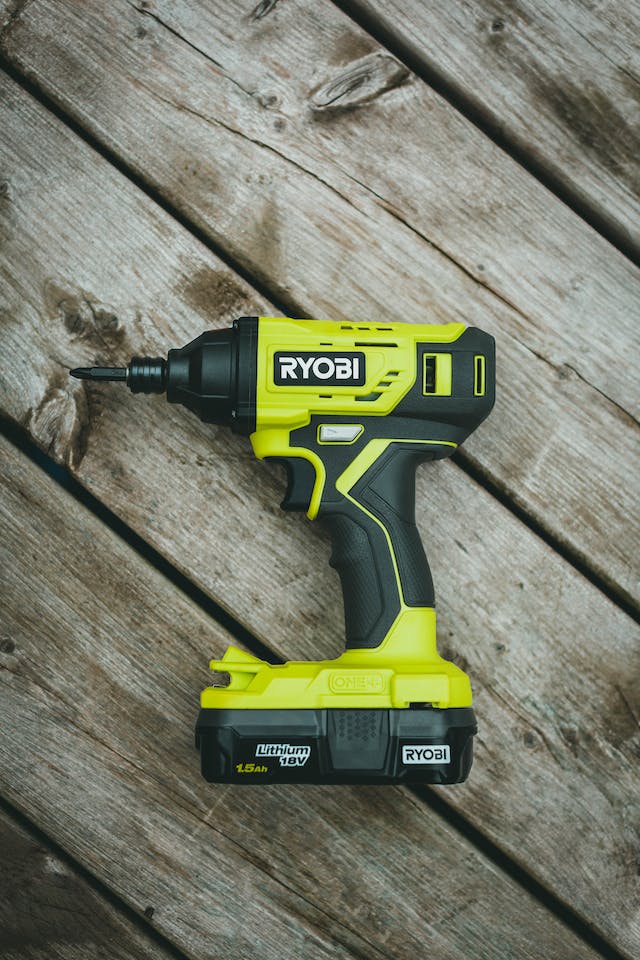Introduction
Do you need both a drill and impact driver? What is the difference between the two? Let us flush this out a bit more and provide you with a solid rationale on which tool to go for in this review. In fact, it all depends on how each tool functions. The first difference between the two is that a drill spins on the chuck with a constant amount of pressure till it has no more power to continue. It will only continue if you engage the clutch. On the other hand, an impact driver has two hammers inside which when they spin they strike the anvils on their way round.
To get the difference between the two, imagine when you push hard against a small tree and when you punch it. When you push, you have less power on the tree itself; however, you can control it constantly. When you punch, you deliver greater force, but only for a moment. An impact driver is similar to a punch while a drill is like a push. So it makes sense to say that an impact driver has more power and of course it does. So why purchase a drill instead?
What is a drill?
A drill is a battery-driven fastener driver for nuts, small bolts, and screws; it is also a hole-maker. It features a clutch that disengages the drill’s drivetrain when the device reaches a specified amount of turning force or torque. The clutch disengages the drivetrain to prevent stripping of the fastener head, driving the fastener through a piece of wood or snapping the fastener off.
What is an impact driver?
An impact driver is a high-torque too majorly utilized for tightening nuts and driving screws, an operation referred to as a nut setting. Its chuck is only compatible with a ¼-inch hex shank bit. To insert a bit you just slip the bit into the chuck or pull up on the chuck sleeve.
Impact drivers are smaller and lighter than drills, and though they will perform many of the same functions as a drill, they are not as versatile as drills. They get through work easily and more quickly because they have higher torque output.
Do you need both a drill and impact driver?
Drill vs. impact driver functions
An impact driver is a screw driving specialist because of its driving mechanism and power. No drill can deliver the ease and speed of driving fasteners an impact driver offers. With an impact driver, you can even do some light socket work. However, remember to use the impact-rated sockets for socket work.
A drill becomes handy when drilling holes with Forstner bits, hole saws, spade bits, twist bits, and self-feed bits. Impact drivers can do the same job, but they are much rougher. So, if you are looking for smooth function and clean holes, a drill is much better because of its constant pressure.
Why you should buy the drill
When compared to an impact driver, a drill takes care of boring and drilling tasks better. However, you could utilize an impact driver for the same tasks.
A drill cannot be as fast as an impact driver when it comes to working on fasteners and screws, but when using it you are assured of quality results. The quality results from a drill are made possible by a clutch which enables you to dial the exact amount of torque you want for the material being worked on and the fasteners you have. This leaves quality results and precise finishes after all your screws are flush with your workpiece. Impact drivers are rougher and they offer less finesse in the finished work.
But you should buy both if you can afford
It is good to have both tools so that you have the best tool for driving and drilling applications. When you have both tools you will have a chance to utilize the impact driver to sink fasteners and a drill for piloting holes. You will be more productive because you will not have to switch bits for each fastener.
Frequently asked questions
Is there anything an impact driver cannot do?
An impact driver is an all-round tool; it is rougher and therefore not preferred in some tasks. If your main goal is precision, then avoid an impact driver. Limit the use of impact drivers in projects where the hole size or placement is less important than the amount of force to do the job. Besides, impact drivers are not ideal when drilling into hard surfaces like those made of concrete and brick, instead use a hammer drill.
Do you need both a drill and impact driver?
In case you intend to occasionally drive medium-sized screws and drill holes, a drill will work fine for you. Consider investing in an impact driver in case you have a plywood subfloor to install, a deck to build, or any other project involving lots of wood screws.
Can I use impact driver to drill concrete?
You can use an impact driver to drill through concrete and brick if you are drilling holes of 1/4-inch or under. Impact drivers tend to have a variable amount of torque, but they are not made to be utilized like hammer drills or regular drills.
Conclusion
Hope by now, you know the difference between a drill driver and an impact driver. But, which tool are you supposed to go for your next project? Drills are suitable for drilling holes and securing small fasteners into materials. In case you intend to screw huge fasteners, then you need a tool with more torque like an impact driver. Use a drill driver if you need precision in your projects. With drills, you have more accuracy and more control. However, if you need more torque, then an impact driver is your partner.

